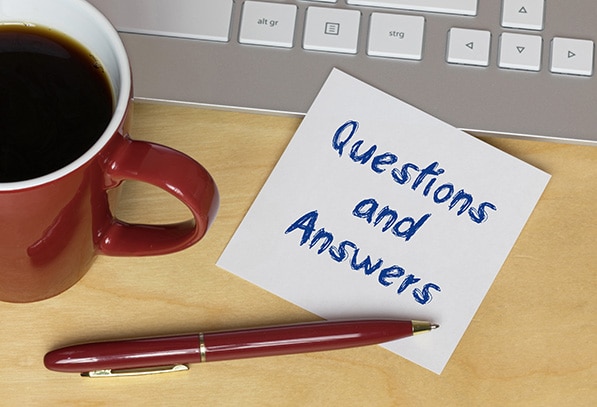
The California Department of Industrial Relations (DIR) has posted a Question and Answer page clarifying certain aspects of Governor Gavin Newsom’s Executive Order N-62-20, which extends workers’ compensation benefits to employees who contract COVID-19 while working outside their homes. The order created a rebuttable presumption that workers meeting certain criteria who contract COVID-19 did so during employment, meaning the law automatically presumes workers’ compensation covers their claims and shifts the burden to employers who may present evidence to rebut the presumption.
The order prompted a lot of questions about its scope, criteria and implementation, some of which the DIR answers in its guidance.
The guidance reiterates that to qualify for the presumption, all the following conditions must be met:
- The employee must test positive for or be diagnosed with COVID-19 within 14 days following a day the individual worked at their employer’s jobsite at the employer’s direction;
- The day the employee worked at their employer’s jobsite was on or after March 19, 2020;
- The employer’s jobsite is not the employee’s home or residence; and
- If the employee is diagnosed with COVID-19, the diagnosis was done by a medical doctor and confirmed by a positive test for COVID-19 within 30 days of the date of the diagnosis.
The guidance confirms that the presumption applies to all employees that are working at their employer’s direction outside of their homes or residence between March 19, 2020, and July 5, 2020, regardless of whether they were working in “essential” industries or providing “essential” services. All businesses looking to reopen over the next few months in Stage 2 of California’s Resilience Roadmap need to be aware of this presumption and its implications.
Employers were hoping the DIR would specifically address how to rebut the presumption. When he issued the order, Governor Newsom said employers could rebut the presumption under “strict criteria” but did not go into details. Employers hoping the DIR would elaborate will be disappointed. The guidance contains no “criteria” and simply states that employers “bear the burden of proving that the injury or illness did not occur at work.” Practically speaking, perhaps the only way for employers to do this is to show that the employee wasn’t working at all or was entirely remote.
Some smaller points of interest include the order’s requirement that employees diagnosed with COVID-19 by a doctor confirm the diagnosis with a test within 30 days. The DIR clarified that the diagnosis may be confirmed by either a viral test for current infection or with an antibody test to determine if the individual previously had the infection.
Using antibody tests seems potentially problematic since antibodies may be present for several months after an infection. If, for example, an employee contracted COVID-19 in February (before the Governor’s executive order is in effect ) and then gets a different respiratory illness in June that is misdiagnosed as COVID-19, an antibody test confirmation would likely trigger the presumption since the individual would potentially still have COVID-19 antibodies from February. Hopefully, as California continues to ramp up its viral testing capacity, those diagnosed with COVID-19 can get timely viral tests to mitigate this potential problem.
Employers should continue following state and federal health mandates and guidance for preventing or minimizing the risk of COVID-19 exposure in the workplace. Additionally, employers with employees working from home should consider keeping them remote where possible to mitigate the risk of spreading COVID-19 at the workplace and the associated risk of workers’ compensation claims.
James W. Ward, Employment Law Subject Matter Expert/Legal Writer and Editor
For more COVID-19-related federal, state and local resources, visit the CalChamber Coronavirus (COVID-19) webpage and access additional COVID-19-related HRWatchdog blogs.



